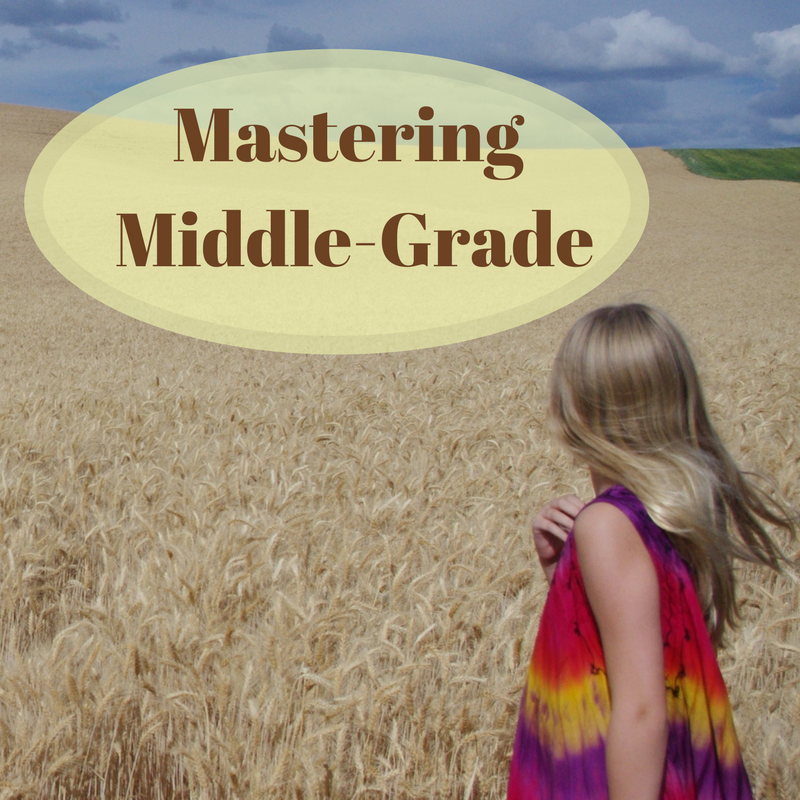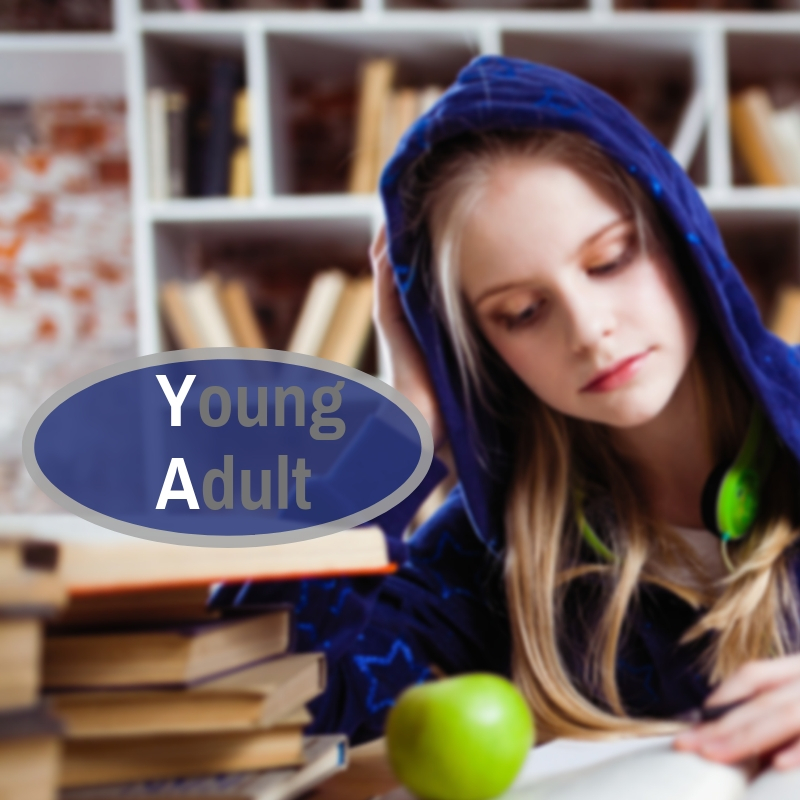When it comes to writing middle grade fiction, authors might wonder what works best for this 8-12 years old age group. After all, it encompasses a large audience. Consider the developmental differences between an eight-year-old (3rd grade) and a twelve-year-old (7th grade). Height, puberty, social/emotional awareness, goals, interests… there is a lot of room for variation here. Narrowing down a story idea can prove challenging.
Here’s the good news: middle grade readers enjoy all genres. Historical fiction, science fiction, contemporary fiction, fantasy, mystery, graphic novels, and action-adventure.
What are some elements that work well with this age group?
Stories that are Character-Driven
Make your protagonist the same age as your reader. Let them face authentic challenges and struggles and push them to actively resolve these problems independent of an adult. They need to be likeable and relatable. Show your reader their hopes, their fears, their best friend, their worst day, and their thought process. Remember, at this age, kids make a lot of mistakes, and that’s okay. Keeping it real can lead to entertaining outcomes and set the MC up for major character growth. For example, in the book Wonder, author R.J. Palacio introduces the reader to a child with a severe and very visible facial deformity. Not only is he phasing from homeschool to public school, but he’s doing it at a time when this age group typically hyper-focuses on looks. In laughable fashion, he thwarts a few bullies who underestimate him. At the same time, he faces prejudices and obstacles that help stir empathy in the reader. These factors make the reader open to the valuable but organic lessons housed in the tale, such as you can choose happiness or don’t judge people by their appearance.
Stories with Humor
Light-hearted banter or outright ridiculousness works well with this age group. The book itself doesn’t have to be geared for humor. Writers can sprinkle this in through relationships, exaggerated situations or characters, word play, or crazy reactions. Kids are more likely to pick up on themes or messages you want to get across if it’s couched in humor. Editors love this aspect too.
Our own Kelli McKinney uses humor in her book Jeff Pennant’s Field Guide to Raising Happy Parents. McKinney gives the reader an inside scoop on the thoughts of the main character, Jeff, who is often egocentric and overly focused on a single goal. The conversation between the reader and the author makes Jeff’s actions and reactions hilarious.
Stories with Action
Keep the romance to a minimum but drum up the action. Use natural-sounding dialogue to maintain the fast pace that keeps readers engaged and use the old “show don’t tell” adage when using description. Short chapters, especially ones that end with cliffhangers, will keep readers turning the pages. Look at what author Peter Brown does with The Wild Robot. The chapters average 3 pages. Some are a single page. In addition, each chapter contains a single, pivotal event that propels the story forward. The action itself fits the audience. There are confrontations, problems, and challenges, but those situations are more about pace and chase than it is about violence and graphic details.
In conclusion
One of the best ways to familiarize yourself with strong characters, good humor, and middle grade action is to read, read, read. Visit your local library and request copies of new releases and popular titles like the ones listed here. What are some good middle grade books you would recommend?

Elementary school teacher Lori Z. Scott usually writes fiction. Her down time is filled with two quirky habits: chronic doodling and inventing lame jokes. Neither one impresses her principal (or friends/parents/dogs/casual strangers), but they do help inspire her writing. Somehow, her odd musings led her to accidentally write a ten-title bestselling chapter book series and on purpose write over 175 short stories, articles, essays, poems, and devotions. Lori enjoys speaking, leading workshops, and visiting local elementary schools to share her writing journey. Follow her on Instagram @Stories.by.Lori .


 We love helping your growing in your writing career.
We love helping your growing in your writing career.

No Comments